Jason and I booked our first ever scuba trip to Roatan, Honduras and it’s actually getting really close to time to leave! Yay, vacation! For a while now I’ve been using a very cheap plastic housing for my (not very cheap) camera. I got it on Amazon just to see how I liked underwater photography. Turns out I really enjoy it! I like the photography part obviously, but I also like to have the safety of a camera and large sturdy box between me any dangerous marine wildlife… like crabs and fish. (I’ll have a heart attack if I ever meet a seal or something underwater… I hope Jason can recover my camera if that happens.) However since we do have this epic trip planned, Jason pointed out that maaaaybe I shouldn’t use the cheapest housing you can buy for a camera that costs roughly 10x what the housing costs. That and it doesn’t support any sort of flashes or lighting. Now, “natural light photographer” may be the super trendy way of telling people “I don’t know how to use strobes, so I’ll just turn my ISO up!”, but in the water where available light diminshes rapidly, it was time to turn up the proverbial heat. 😉
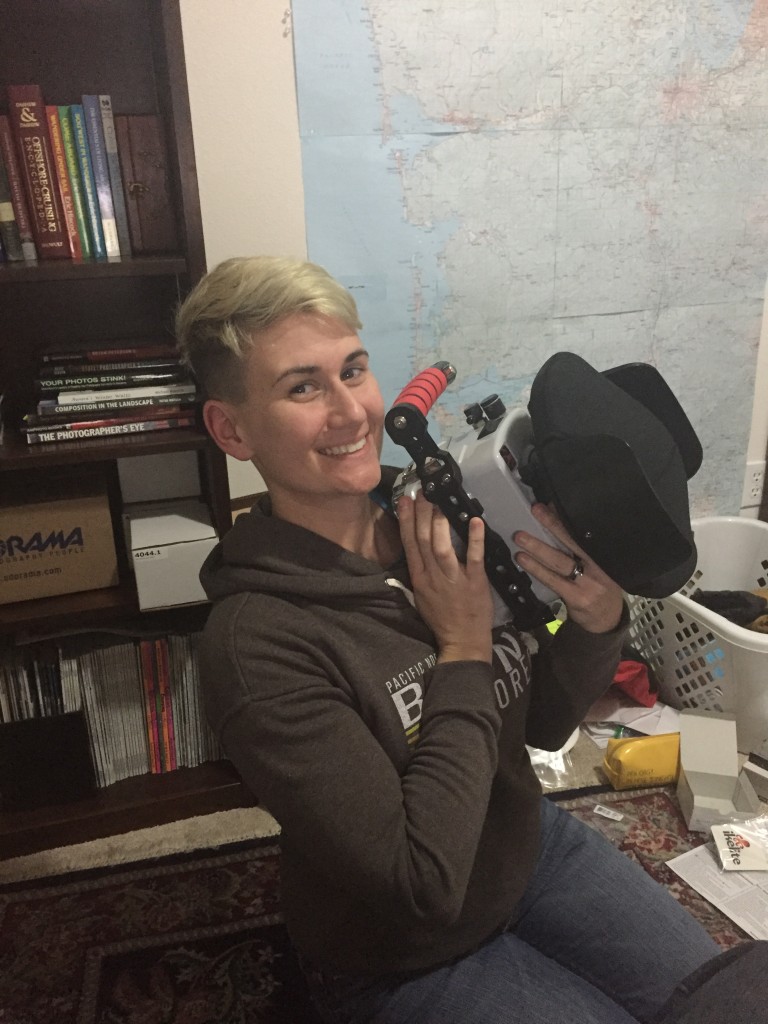
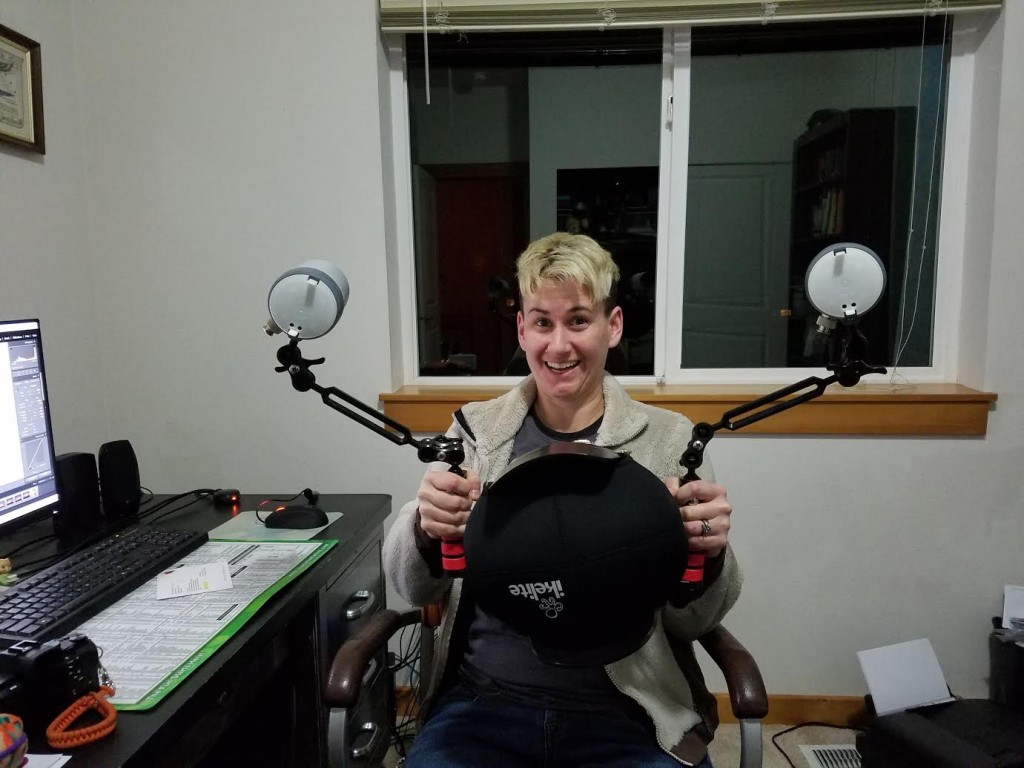
Yeah, shit just got real over here. So now that I have the equipment… what do I do with it? I have a new macro lens that I’m still learning how to use and I’ve never used flash before. So there is quite the steep learning curve. Strobe positioning is important and I’ve gathered that the recommended settings found on underwater photography websites don’t quite work out in our dark, murky, green Puget Sound water. I suppose I didn’t get the photos that I wanted, but I did learn a lot and I got to use all my new stuff before I haul it down to a foreign country to use. 😉
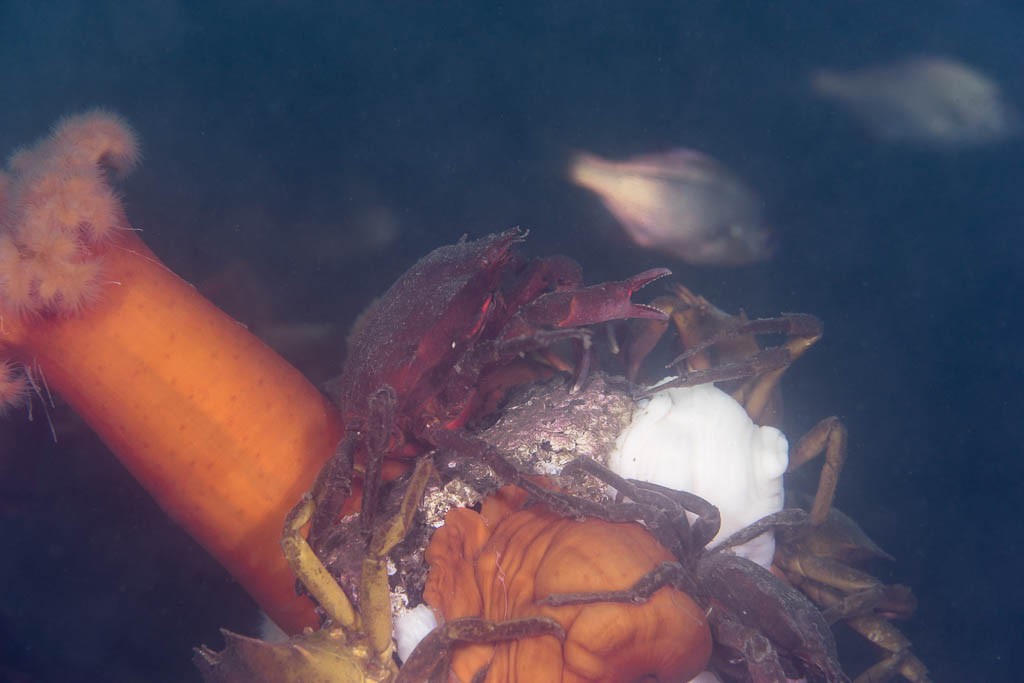
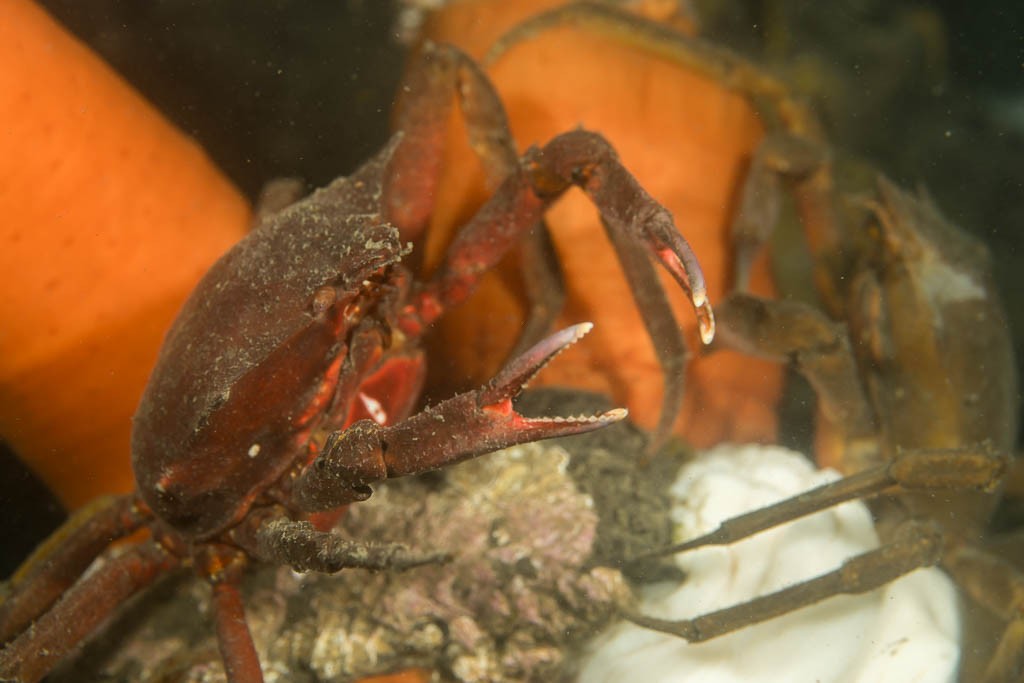
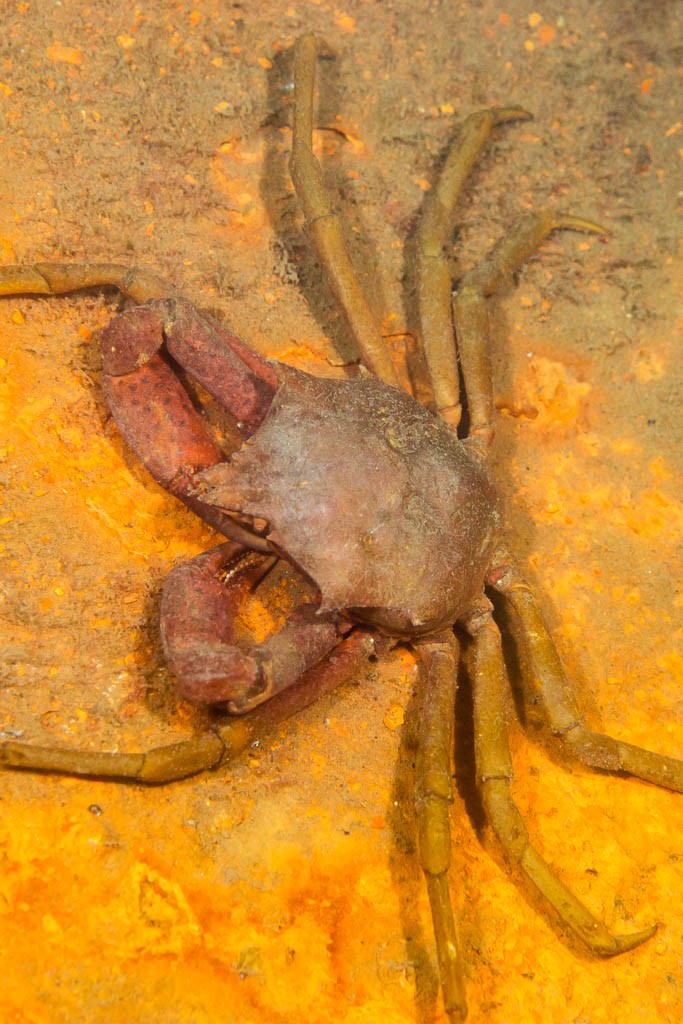
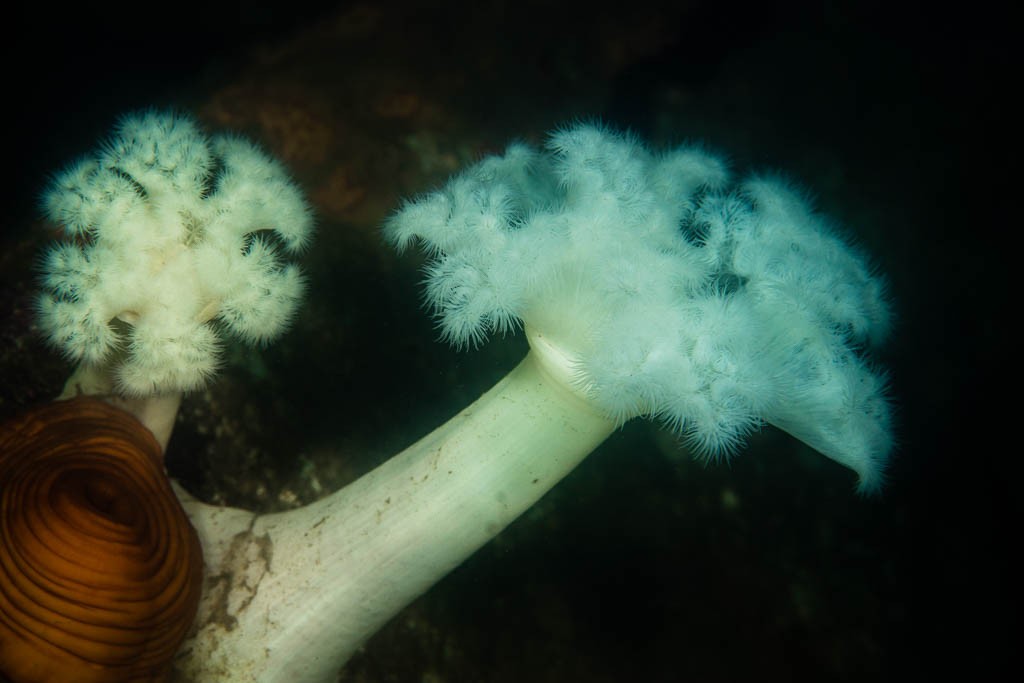


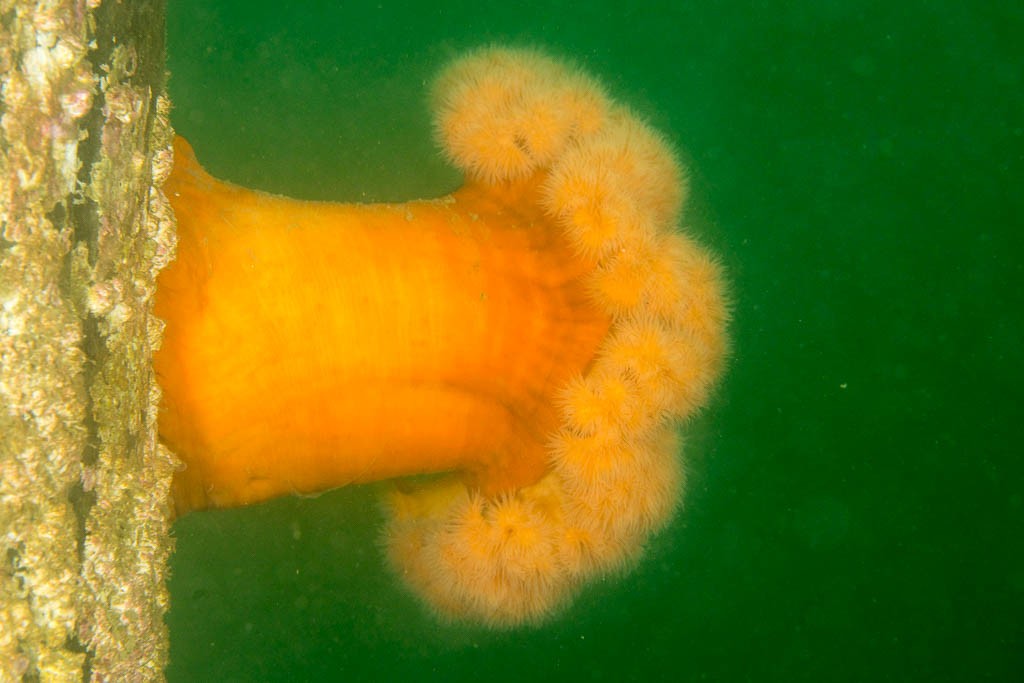
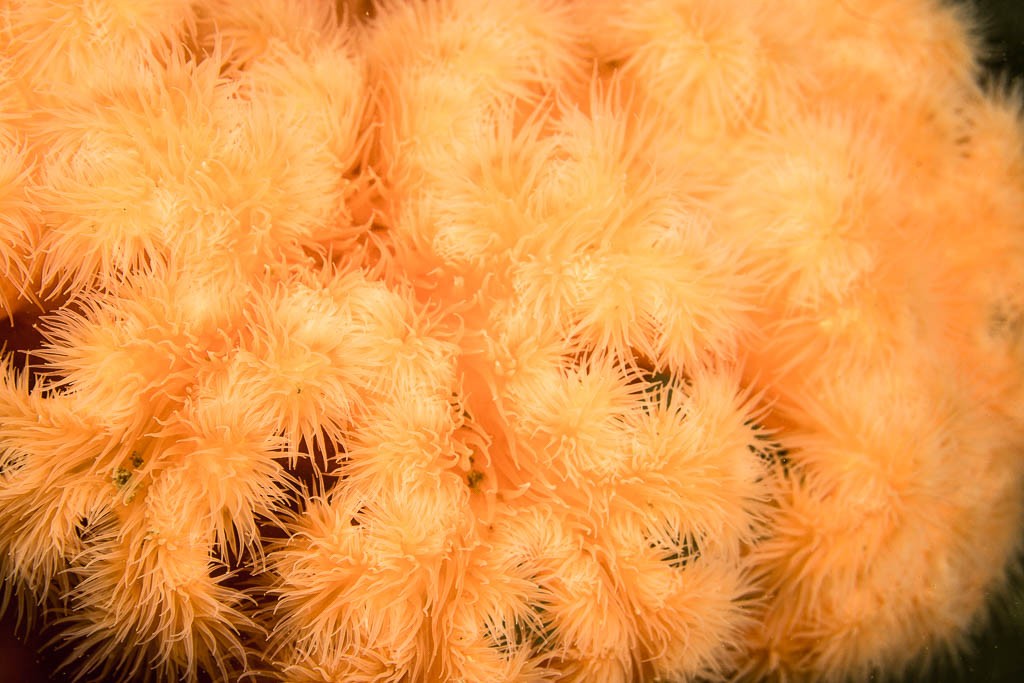
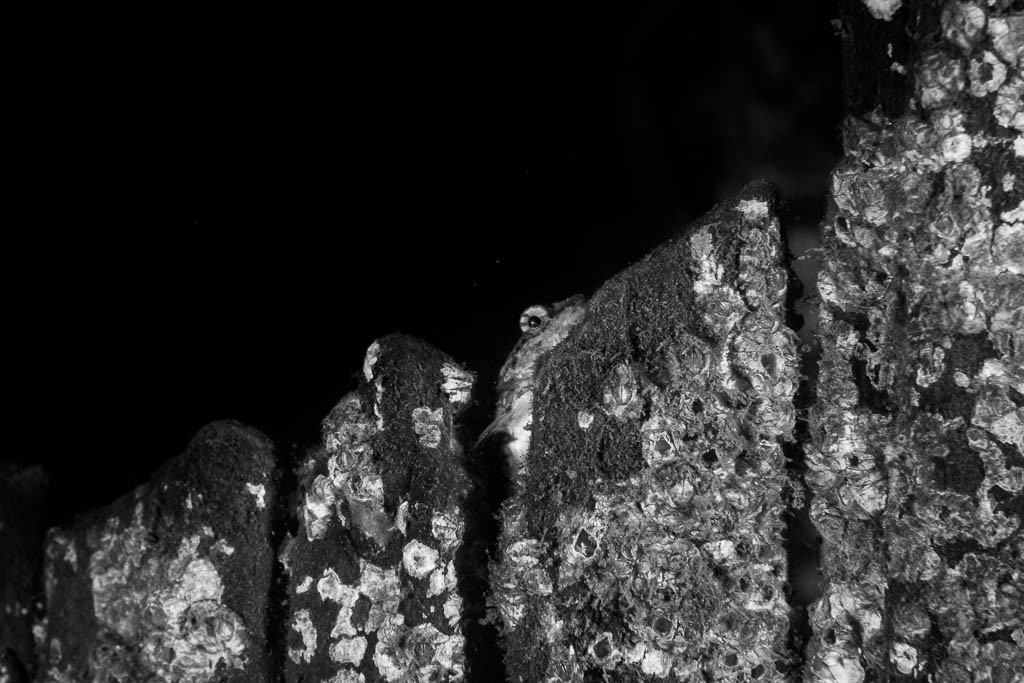
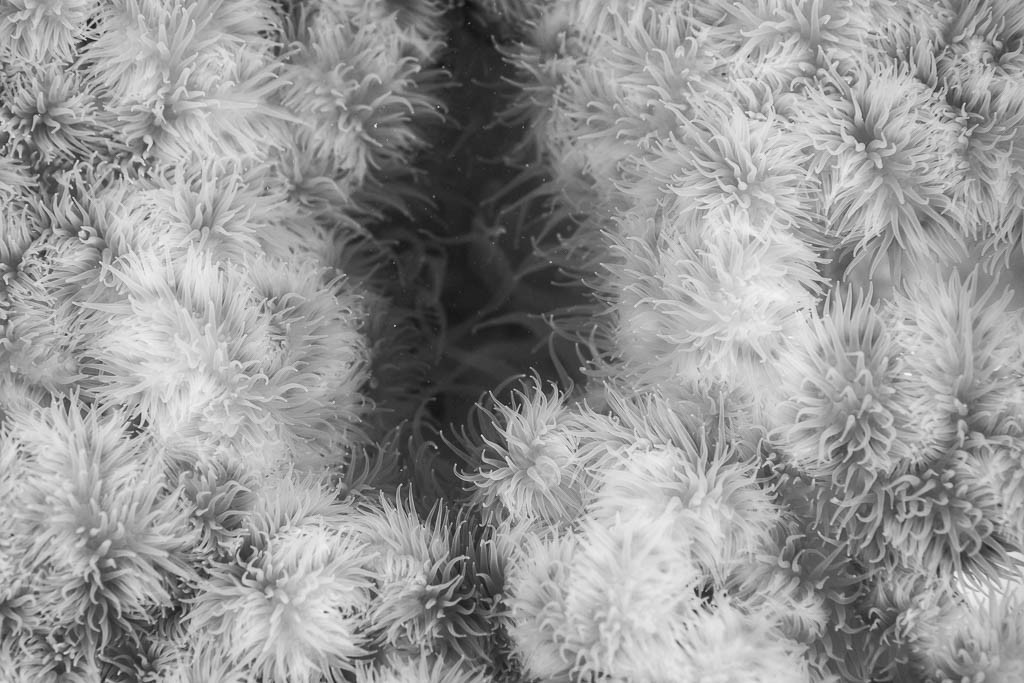
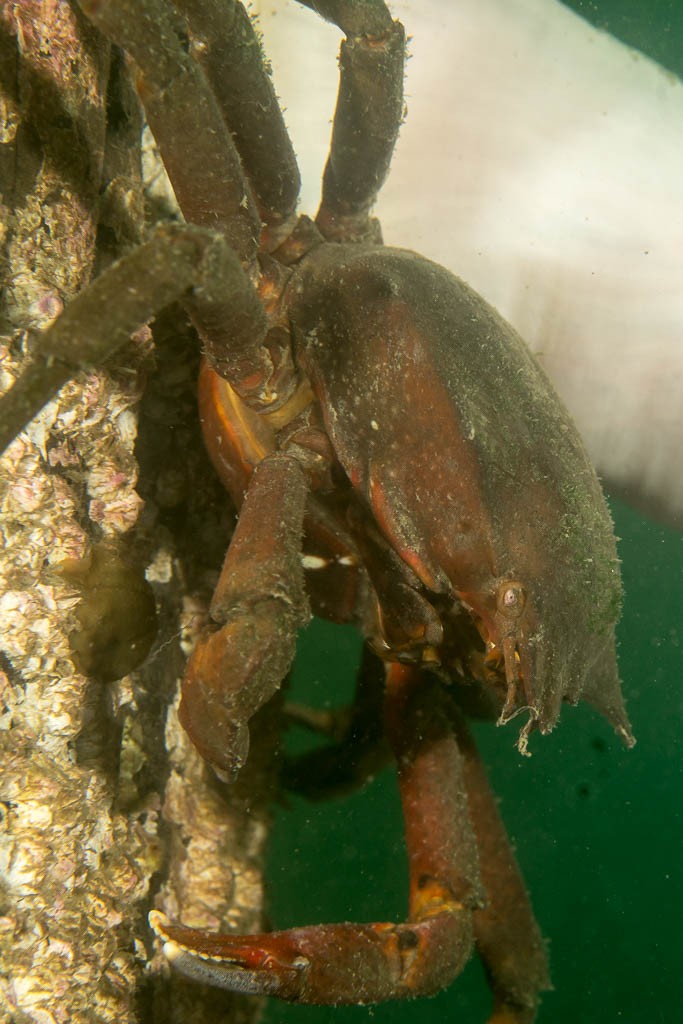
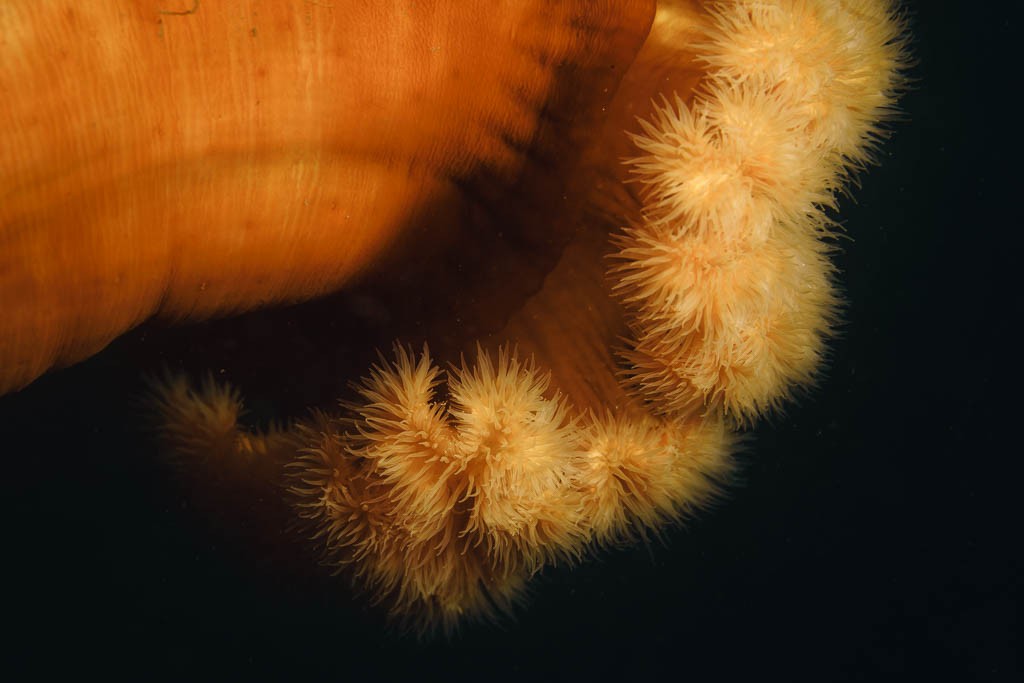
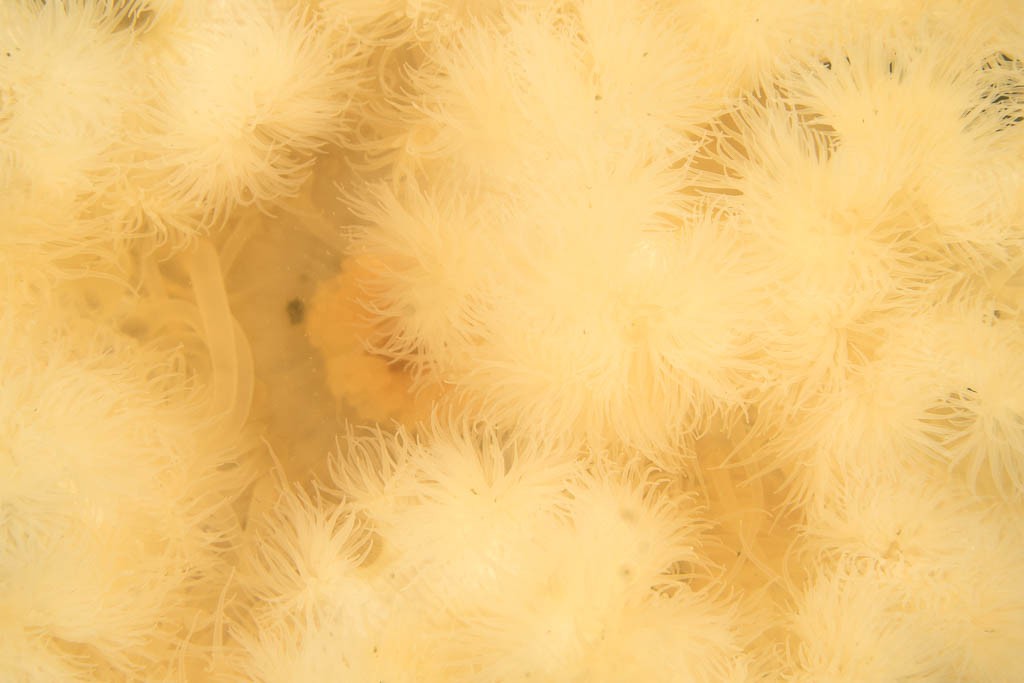

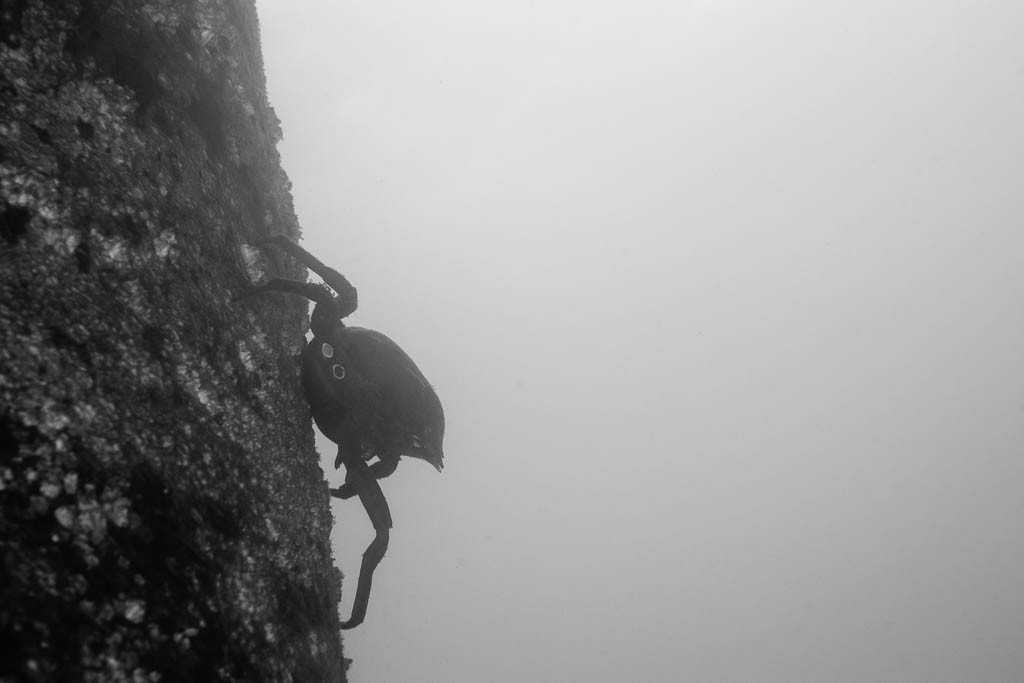
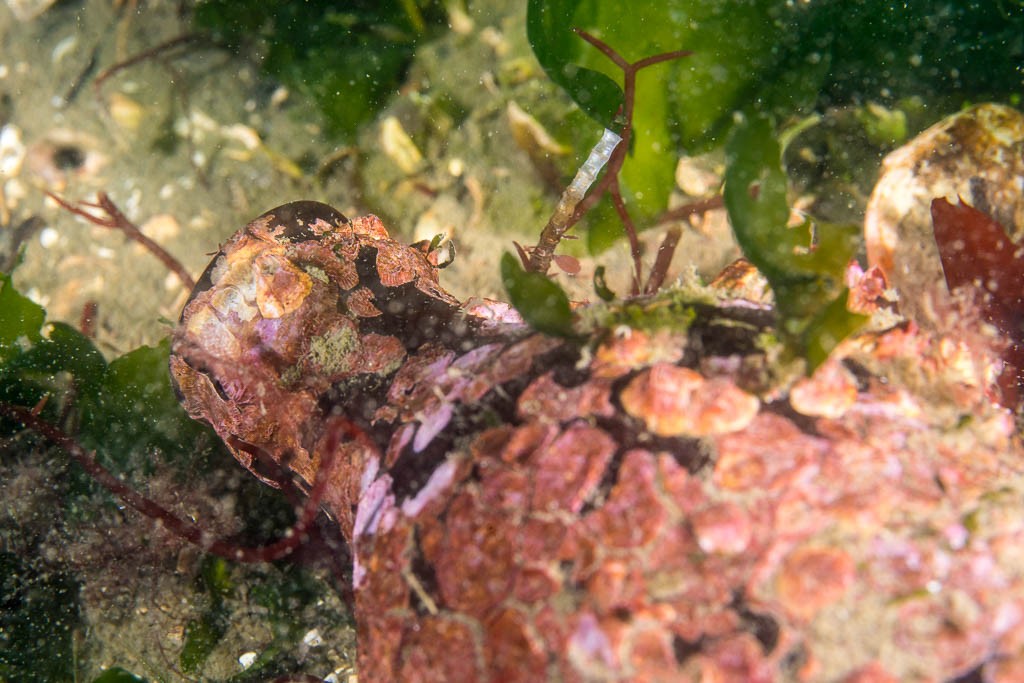
I wish I had time to go diving a few more times before our trip, but out of usable scuba tanks and pretty much out of time. I guess I’ll just practice with my macro lens topside and hope for the best!